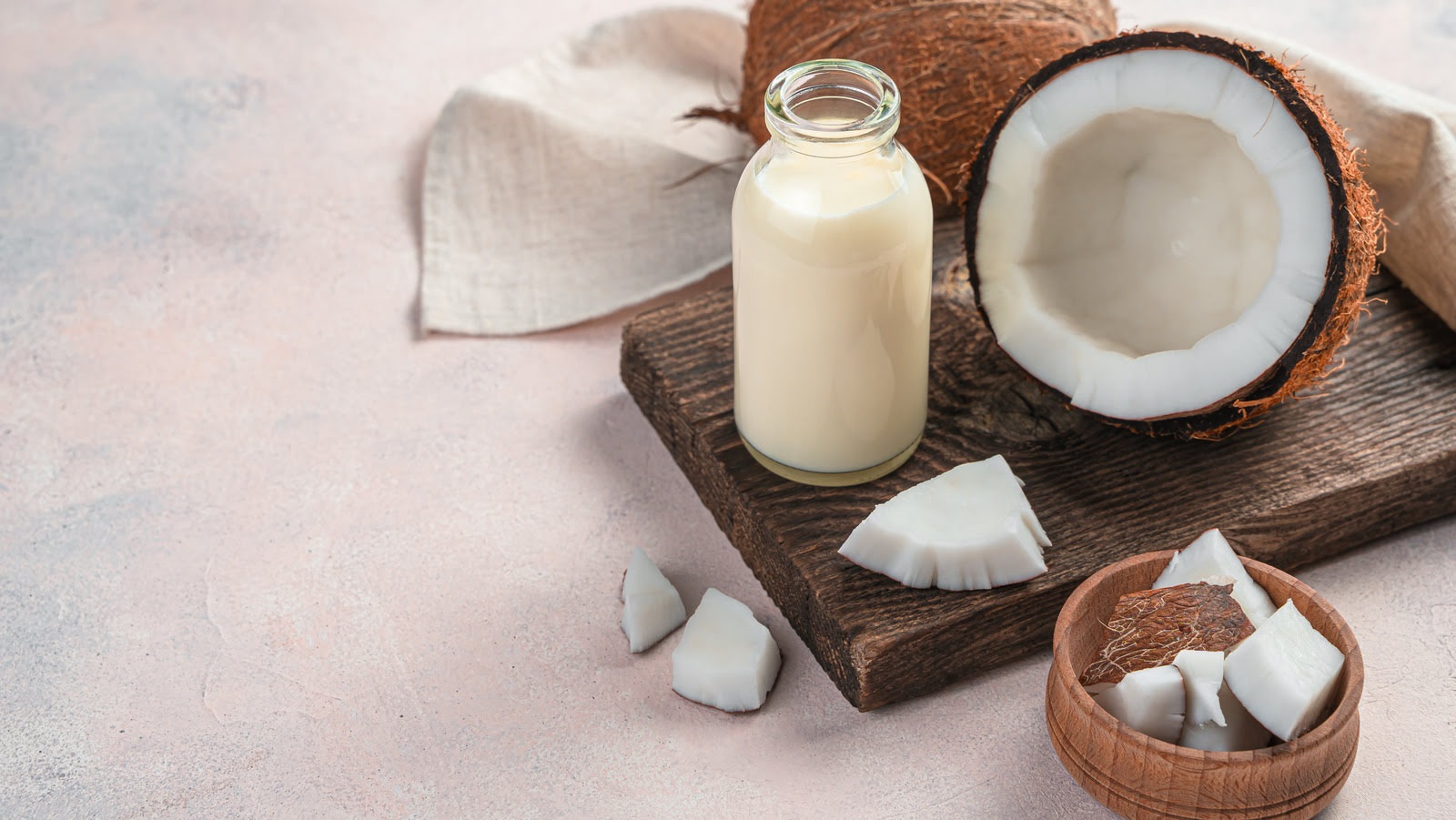

Articles
How To Store Coconut Milk
Modified: October 20, 2024
Learn the best methods to store coconut milk for ultimate freshness and flavor. Check out our informative articles for valuable tips and tricks.
(Many of the links in this article redirect to a specific reviewed product. Your purchase of these products through affiliate links helps to generate commission for Storables.com, at no extra cost. Learn more)
Introduction
Coconut milk is a delicious and versatile ingredient that can add a rich and creamy texture to a variety of dishes, both sweet and savory. Whether you’re using freshly extracted coconut milk or canned varieties, it’s important to know how to store it properly to maintain its freshness and quality.
In this article, we will explore the different types of coconut milk, including the differences between fresh and canned options. We will also provide step-by-step instructions on how to store coconut milk effectively, so you can enjoy its goodness for longer periods of time.
So, whether you want to add a splash of coconut milk to your morning smoothie, create a delectable curry, or whip up a creamy dessert, read on to discover the best methods for storing coconut milk.
Key Takeaways:
- Properly storing coconut milk is essential for maintaining its freshness and flavor. Whether fresh or canned, refrigerate promptly, freeze when necessary, and use clean utensils to ensure optimal quality.
- When storing coconut milk, remember to use airtight containers, check for spoilage regularly, and avoid exposure to strong odors. Freezing in smaller portions and labeling containers can help extend its shelf life.
Read more: How To Store Canned Coconut Milk
Understanding Coconut Milk
Before we dive into the details of storing coconut milk, let’s take a moment to understand what it is and how it is made. Coconut milk is a creamy, opaque liquid that is derived from the flesh of mature coconuts. It is different from coconut water, which is the clear liquid found inside young, green coconuts.
To make coconut milk, the white flesh of the coconut is grated and blended with water. The mixture is then strained, resulting in a thick, creamy liquid. Coconut milk is a common ingredient in many Southeast Asian, Caribbean, and Latin American cuisines, adding a unique flavor and texture to dishes.
Coconut milk is rich in healthy fats, vitamins, and minerals, making it a nutritious addition to your diet. It is often used as a dairy-free alternative to milk in vegan and lactose-intolerant diets, and it can also be enjoyed as a refreshing beverage on its own.
Now that we have a basic understanding of coconut milk, let’s explore the different types available in the market.
Types of Coconut Milk
When it comes to coconut milk, there are two main types to consider: fresh coconut milk and canned coconut milk. Each has its own characteristics and uses, so let’s take a closer look at each one:
- Fresh Coconut Milk: Fresh coconut milk is made by grating the flesh of a mature coconut and blending it with water. This results in a creamy, homemade coconut milk that has a delicate flavor and natural sweetness. Fresh coconut milk is often used in recipes that require a lighter, fresher taste. It is commonly found in tropical regions where coconuts are abundant.
- Canned Coconut Milk: Canned coconut milk is a convenient option for those who don’t have access to fresh coconuts or prefer a longer shelf life. It is made by processing grated coconut meat and water, then packaging it in cans for preservation. Canned coconut milk has a thicker consistency and a more pronounced coconut flavor compared to fresh coconut milk. It is widely available in supermarkets and can be used in a variety of dishes, including curries, soups, and desserts.
Both fresh and canned coconut milk have their advantages depending on your preference and accessibility. Now that we know the types of coconut milk available, let’s explore how to store these different varieties to keep them fresh and ready to use.
Storing Fresh Coconut Milk
When it comes to storing fresh coconut milk, it is important to keep in mind that it has a relatively short shelf life compared to canned coconut milk. However, with proper storage techniques, you can prolong its freshness and enjoy it for a few days.
Here are the steps to store fresh coconut milk:
- Strain and separate: After extracting the coconut milk from the grated flesh, strain it through a fine-mesh sieve or cheesecloth to remove any remaining solids.
- Transfer to an airtight container: Pour the strained coconut milk into a clean, airtight container. Glass jars or food-grade plastic containers with tight-fitting lids are ideal for storing coconut milk.
- Refrigerate: Place the container of fresh coconut milk in the refrigerator immediately. It can be stored for up to 3-4 days in the coldest part of the fridge, usually the back or bottom shelf.
- Check for freshness: Before using the stored coconut milk, give it a quick smell and visual inspection. If there are any signs of spoilage, such as a sour smell or mold growth, discard it immediately.
It’s important to note that fresh coconut milk may separate and solidify when refrigerated. This is a natural process and does not indicate spoilage. Simply give it a good stir or shake before using to blend it back together.
Remember, fresh coconut milk is best consumed within a few days for optimal taste and quality. If you don’t think you’ll be able to use it all in that time frame, consider freezing it for longer storage.
Store coconut milk in an airtight container in the refrigerator for up to 4-5 days. If not using the entire can, transfer the leftovers to a glass or plastic container with a tight-fitting lid.
Storing Canned Coconut Milk
Canned coconut milk is known for its long shelf life, but proper storage is still essential to maintain its quality and freshness. Here are some guidelines to follow when storing canned coconut milk:
- Check the expiration date: Before purchasing canned coconut milk, check the expiration date to ensure you’re getting a fresh product.
- Store in a cool, dry place: It’s best to store canned coconut milk in a cool and dry pantry or cabinet away from direct sunlight. Avoid placing it near heat sources like stoves or ovens, as this can affect its quality.
- Do not freeze in the can: While freezing coconut milk is possible, it is not recommended to freeze canned coconut milk while it is still in the can. The liquid expands when frozen, causing the can to potentially burst. Transfer any unused portion to a freezer-safe container before freezing it.
- Refrigerate after opening: Once you’ve opened a can of coconut milk, transfer the contents to an airtight container and refrigerate. Use it within 4-5 days for optimal freshness.
- Check for signs of spoilage: Before using canned coconut milk, check for any signs of spoilage, such as an off odor, mold, or unusual texture. If you notice any of these signs, discard it immediately.
It’s important to note that canned coconut milk may separate and solidify over time. This is a natural occurrence due to the presence of high-fat contents. Simply shake or stir the contents well before using to blend it back together.
By following these storage guidelines, you can ensure that your canned coconut milk stays fresh and ready to use for an extended period.
Read more: How To Store Open Can Of Coconut Milk
Freezing Coconut Milk
If you have an excess amount of coconut milk that you won’t be able to use within its recommended storage period, freezing is a great option to extend its shelf life. Freezing coconut milk is a simple process that can help you enjoy it later on. Here’s how to freeze coconut milk:
- Choose a freezer-safe container: Select a container that is suitable for freezing liquids. You can use airtight plastic containers, freezer bags, or ice cube trays depending on your preference and storage needs.
- Portion the coconut milk: Divide the coconut milk into smaller portions that you can easily thaw and use later. If using ice cube trays, pour the coconut milk into the compartments and allow them to freeze.
- Seal and label: Seal the containers tightly to prevent freezer burn and label them with the date of freezing. This will help you keep track of the freshness and usage of the coconut milk.
- Store in the freezer: Place the containers of coconut milk in the freezer, ideally in the coldest part. It is recommended to use frozen coconut milk within 2-3 months for the best quality.
- Thawing and using frozen coconut milk: When you’re ready to use the frozen coconut milk, transfer it to the refrigerator and allow it to thaw overnight. Once fully thawed, give it a good stir or shake before using to blend it back together.
It’s important to note that the texture of coconut milk may change slightly after freezing and thawing. The fats may separate and the consistency may become slightly grainy. This is normal and can be easily remedied by giving it a thorough mix or blend before incorporating it into your recipes.
By freezing coconut milk, you can conveniently store it for future use and reduce wastage. Whether you have leftover coconut milk or want to stock up during a sale, freezing is a practical way to make the most of this versatile ingredient.
Tips for Properly Storing Coconut Milk
To ensure that your coconut milk is stored properly and maintains its freshness, here are some additional tips to keep in mind:
- Check the quality before buying: When purchasing canned coconut milk, inspect the cans for any dents, leaks, or signs of damage. Avoid buying cans that are already compromised as this could affect the quality and shelf life of the product.
- Use a clean utensil: When scooping or pouring coconut milk, ensure that the utensil you use is clean and dry. This helps prevent any potential contamination that could spoil the milk.
- Do not shake the can vigorously: While a gentle shake is fine to mix the contents, avoid shaking the can vigorously as this can cause the coconut milk to froth excessively, making it difficult to pour out and increasing the chance of spills.
- Use airtight containers: Whether storing fresh or canned coconut milk, always use airtight containers to prevent any exposure to air and moisture. This helps maintain the flavor and quality of the milk and prevents any unwanted odors from seeping in.
- Label and date the containers: Properly labeling and dating the containers of coconut milk helps you keep track of its freshness and usage. This is especially helpful if you have multiple containers with varying storage lengths.
- Avoid storing near strong-smelling foods: Coconut milk has a delicate flavor that can easily absorb strong odors. Store it away from onions, garlic, and other pungent ingredients to maintain the purity of its taste.
- Regularly check the stored coconut milk: Whether refrigerated or frozen, periodically check the stored coconut milk for any signs of spoilage. This includes foul odors, discoloration, or unusual textures. If any of these are present, discard the coconut milk to avoid consuming spoiled food.
- Use thawed coconut milk promptly: Once you’ve thawed frozen coconut milk, it’s best to use it within 2-3 days. Avoid refreezing previously thawed coconut milk, as this can affect its taste and texture.
By following these tips, you can ensure that your coconut milk remains fresh and flavorful for longer periods, allowing you to enjoy its creamy goodness in your favorite recipes.
Conclusion
Properly storing coconut milk is crucial for maintaining its freshness and ensuring its quality when used in various recipes. Whether you have fresh coconut milk or canned coconut milk, following the right storage methods can help extend its shelf life and preserve its taste.
When it comes to fresh coconut milk, strain and separate it before transferring it to an airtight container for refrigeration. This allows you to keep it for a few days while retaining its natural flavors. Canned coconut milk, on the other hand, can be stored in a cool, dry place and refrigerated after opening to maintain its taste and texture.
If you find yourself with an excess amount of coconut milk, freezing is a convenient option. Portion the milk into freezer-safe containers, allowing you to thaw and use it as needed. Just remember to label and date the containers for easy reference.
To ensure the longevity of your coconut milk, consider a few additional tips, such as using clean utensils, storing in airtight containers, and avoiding exposure to strong odors. Regularly check the stored coconut milk for any signs of spoilage and use thawed milk promptly to maintain its freshness.
By implementing these storage techniques, you can enjoy the benefits of coconut milk for longer periods, adding richness and flavor to your culinary creations.
So, the next time you have coconut milk on hand, remember the importance of proper storage to make the most of this versatile ingredient. Whether you’re making a creamy curry, indulging in a delicious dessert, or adding a splash to your morning coffee, proper storage ensures that you can enjoy the goodness of coconut milk at its best.
Frequently Asked Questions about How To Store Coconut Milk
Was this page helpful?
At Storables.com, we guarantee accurate and reliable information. Our content, validated by Expert Board Contributors, is crafted following stringent Editorial Policies. We're committed to providing you with well-researched, expert-backed insights for all your informational needs.
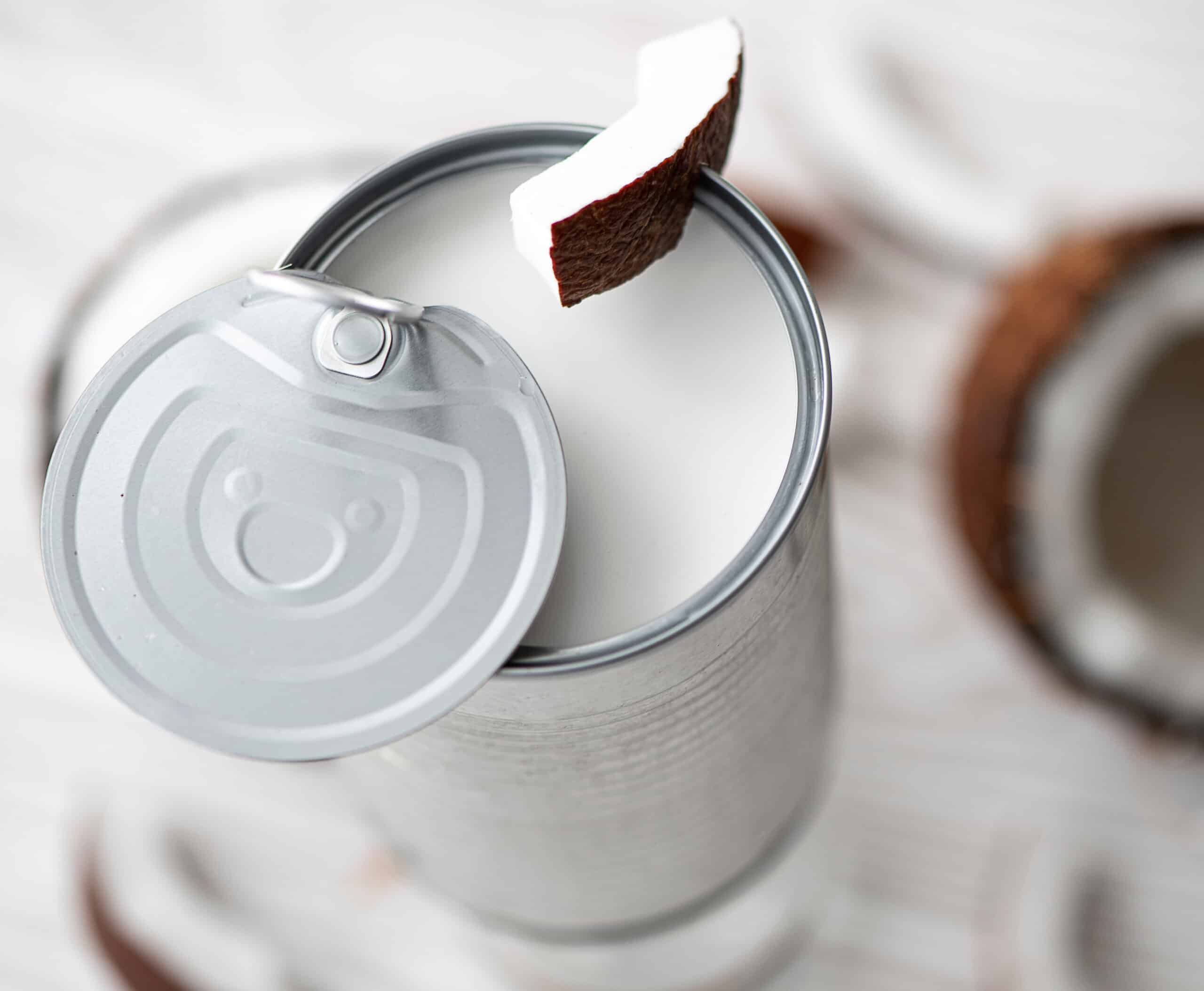
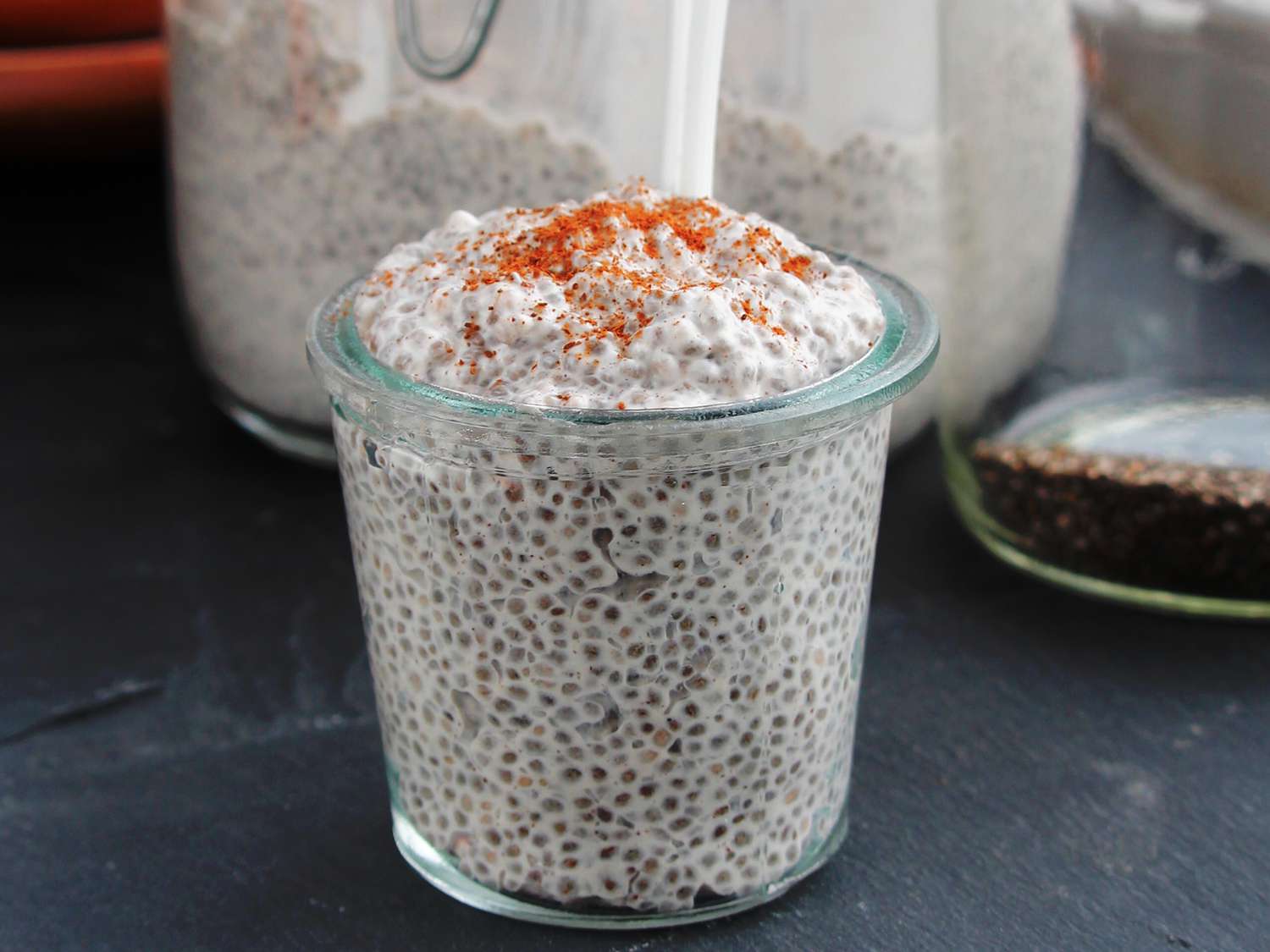

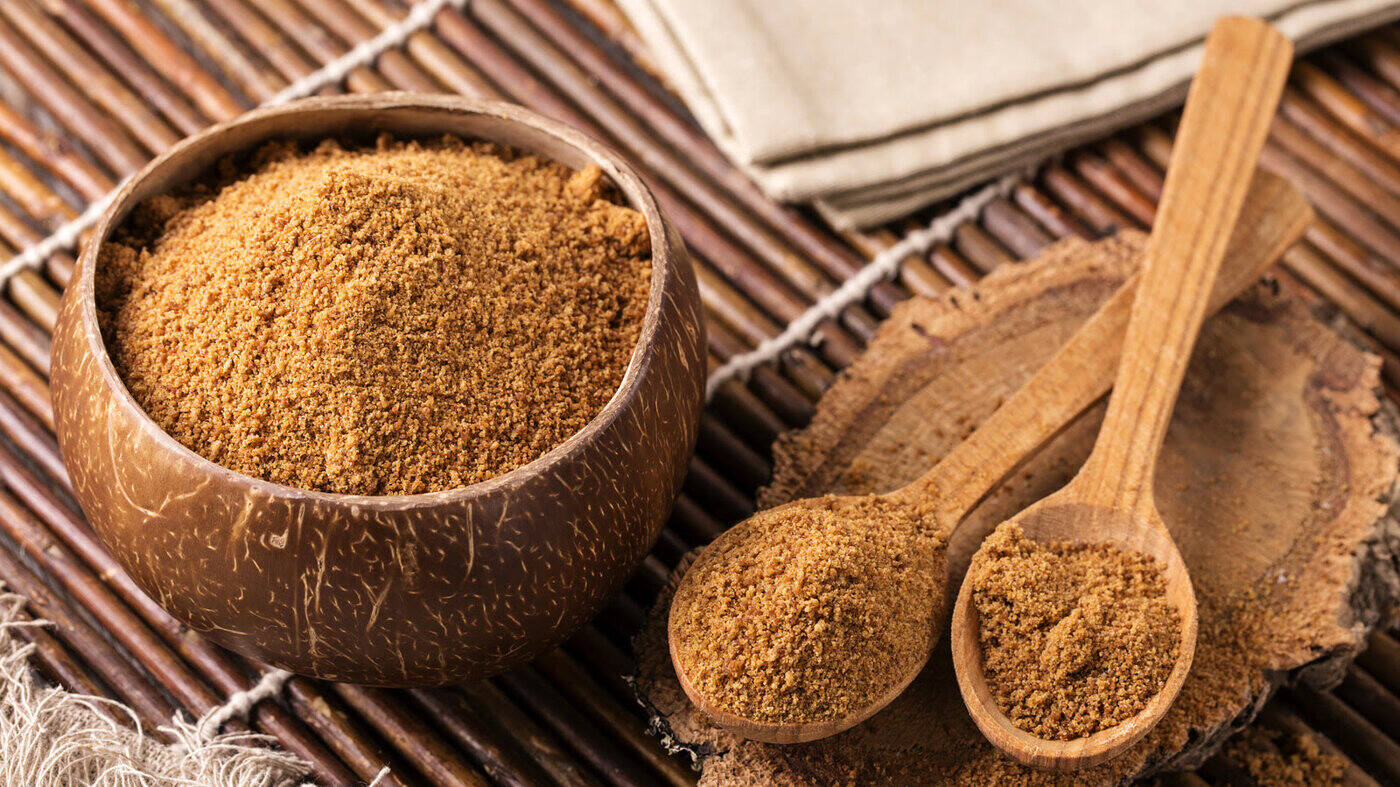
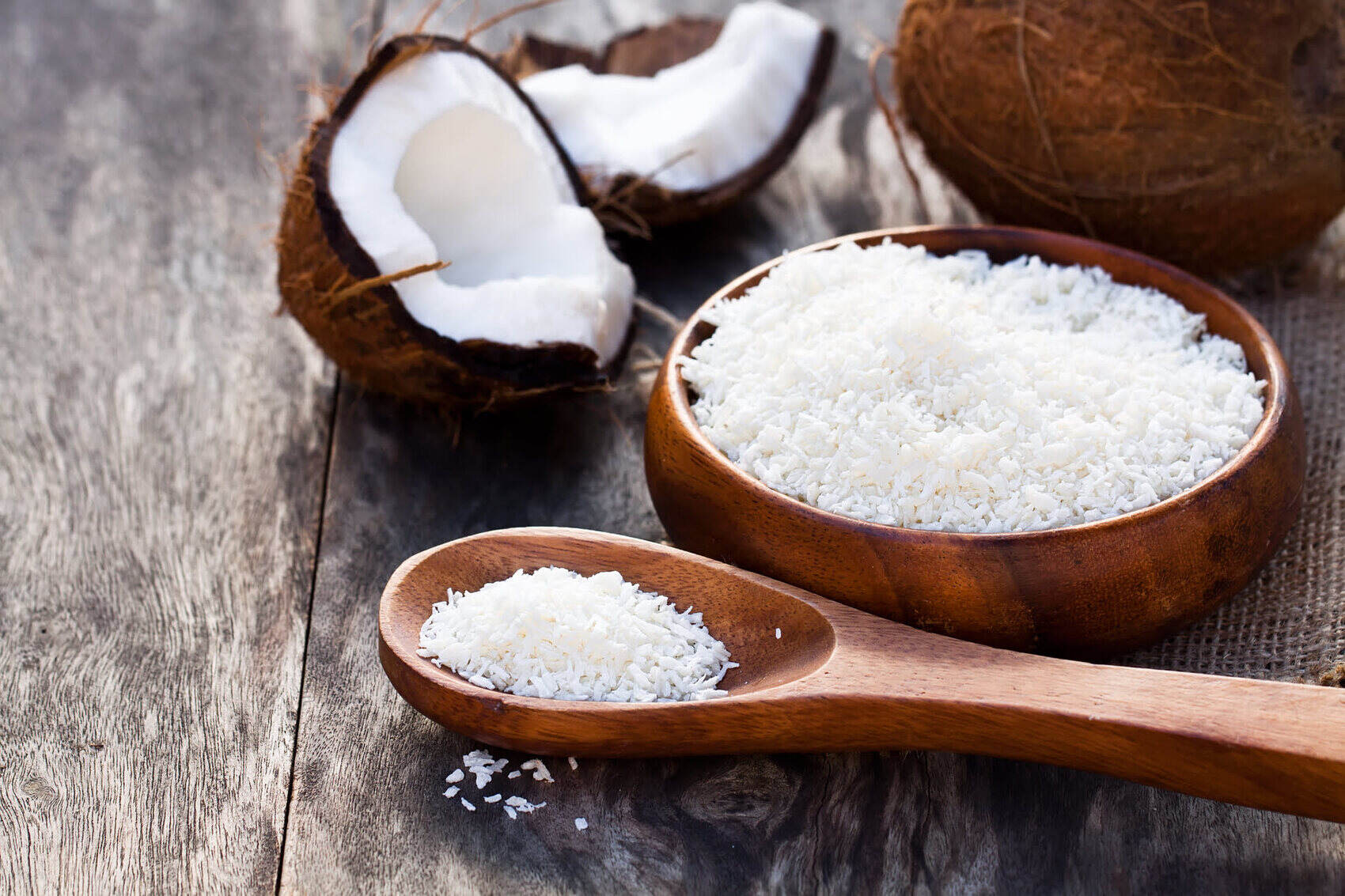
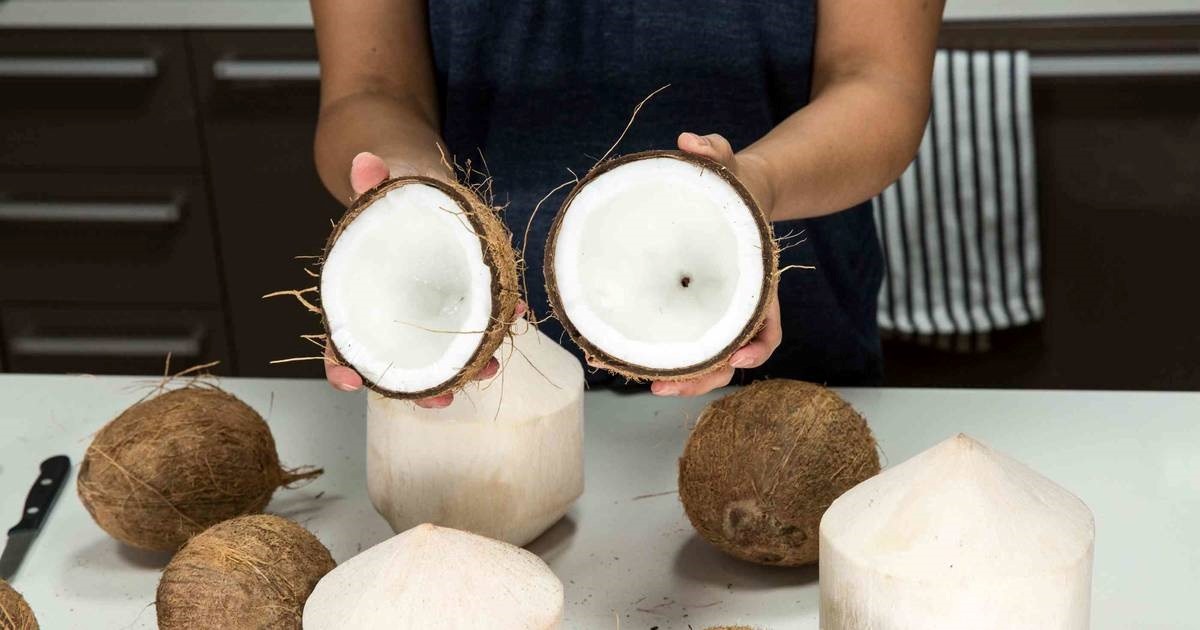
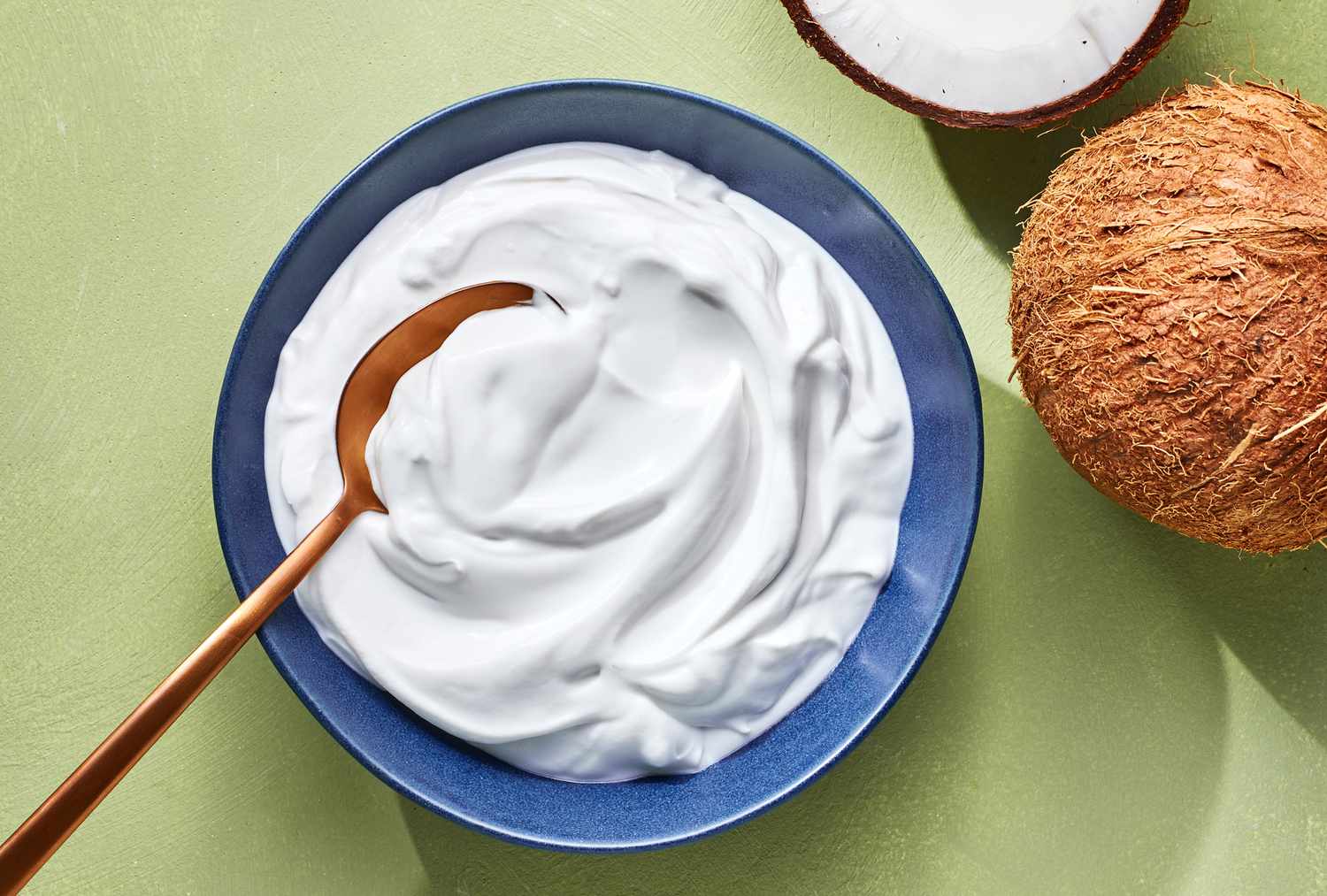
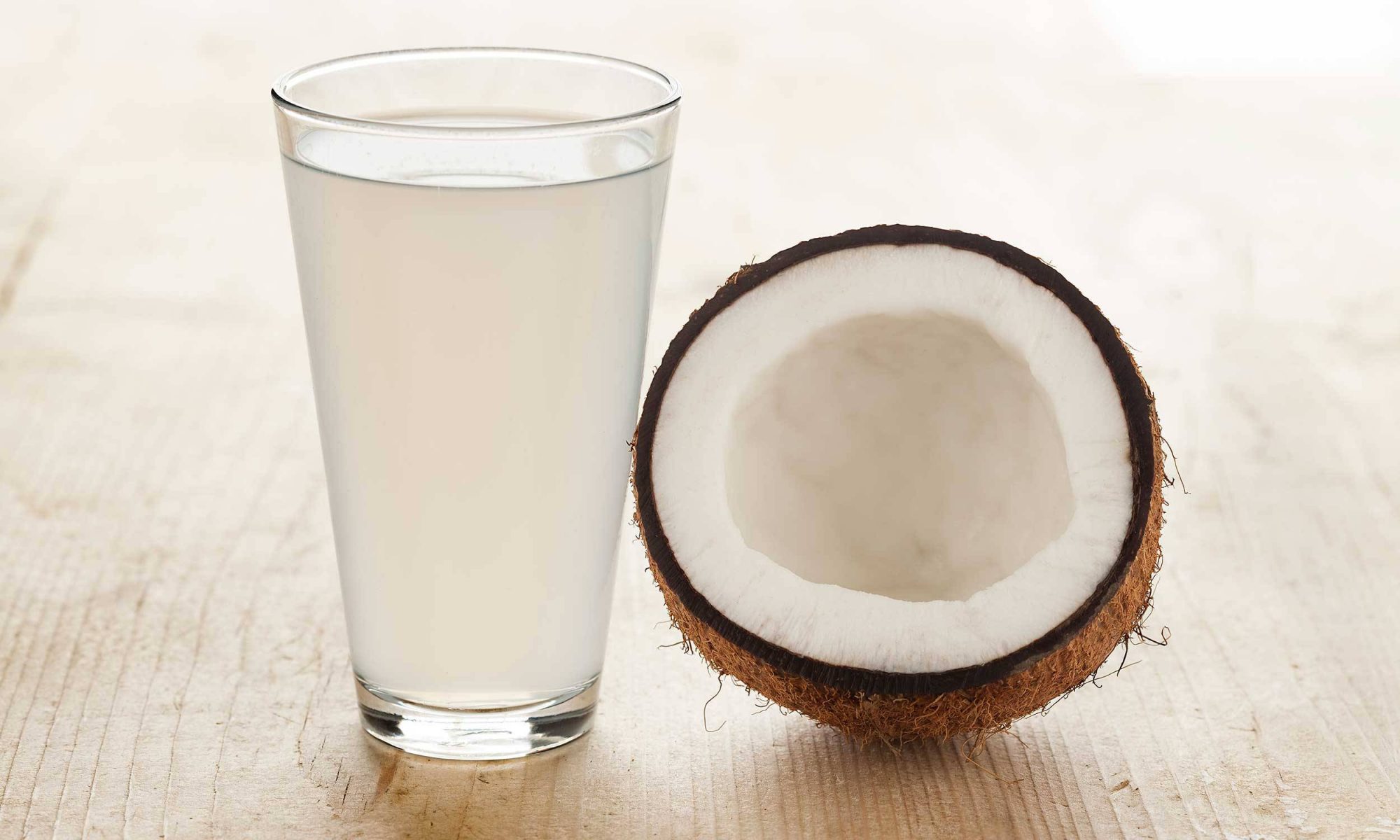
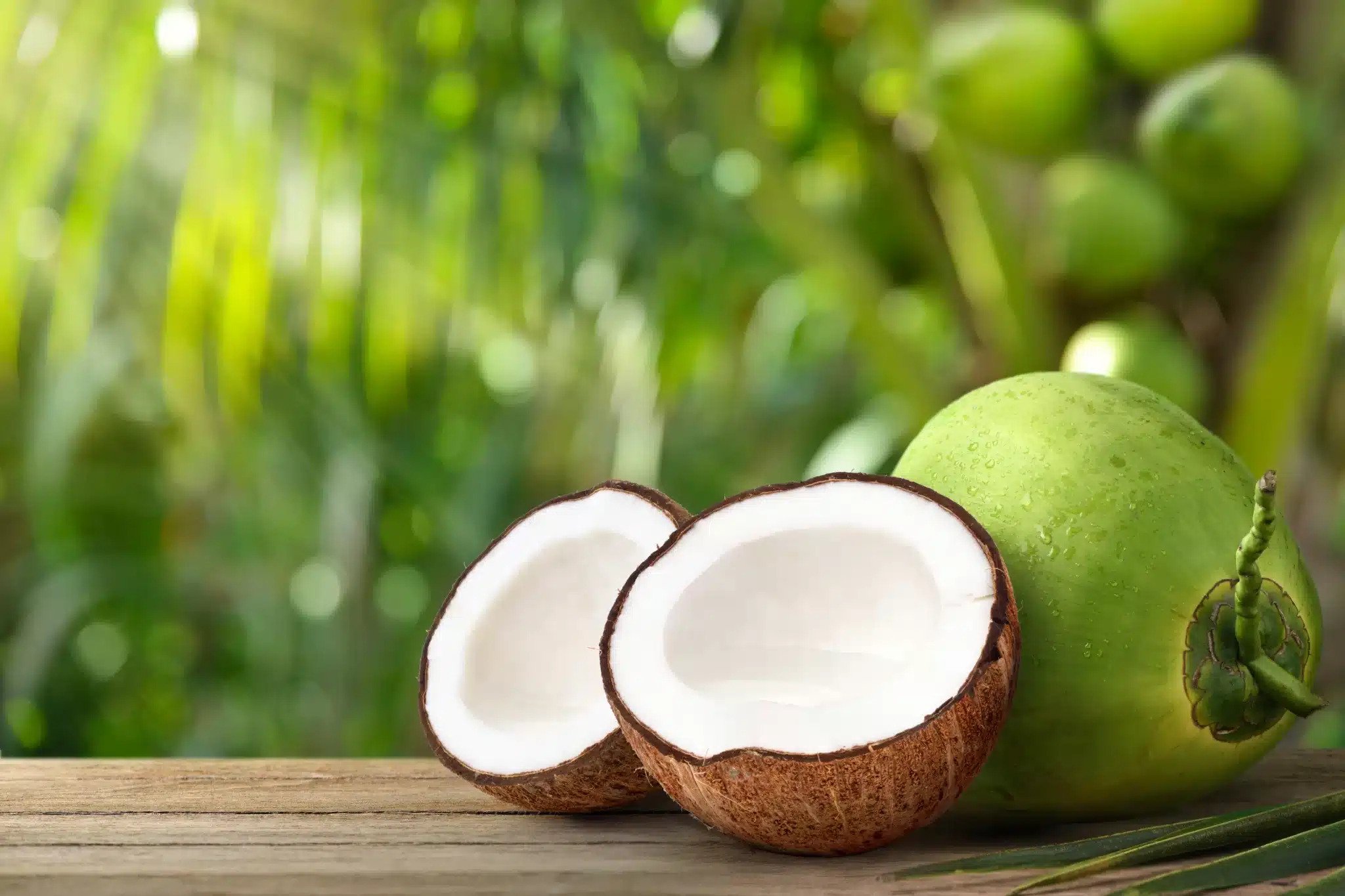
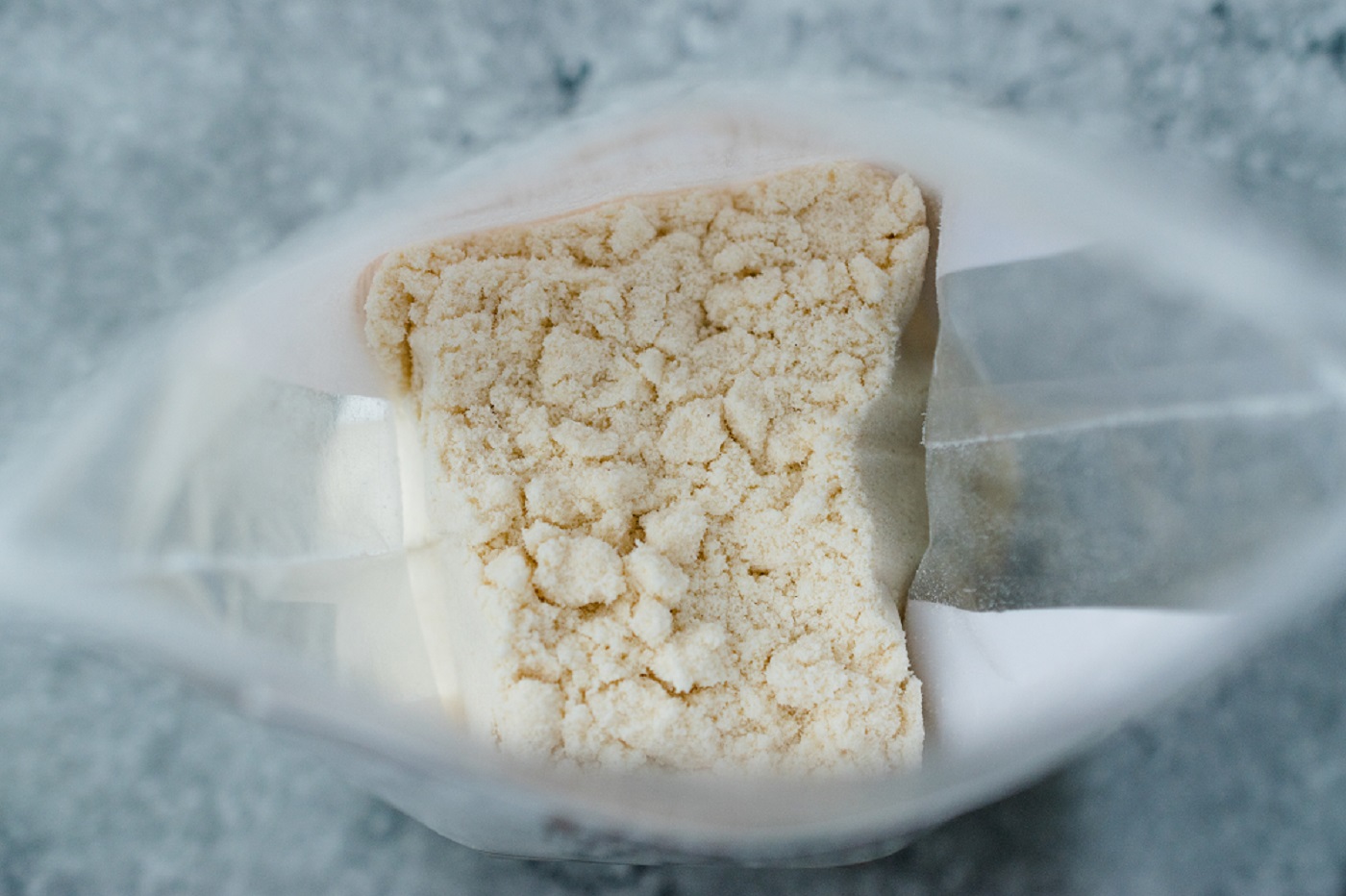
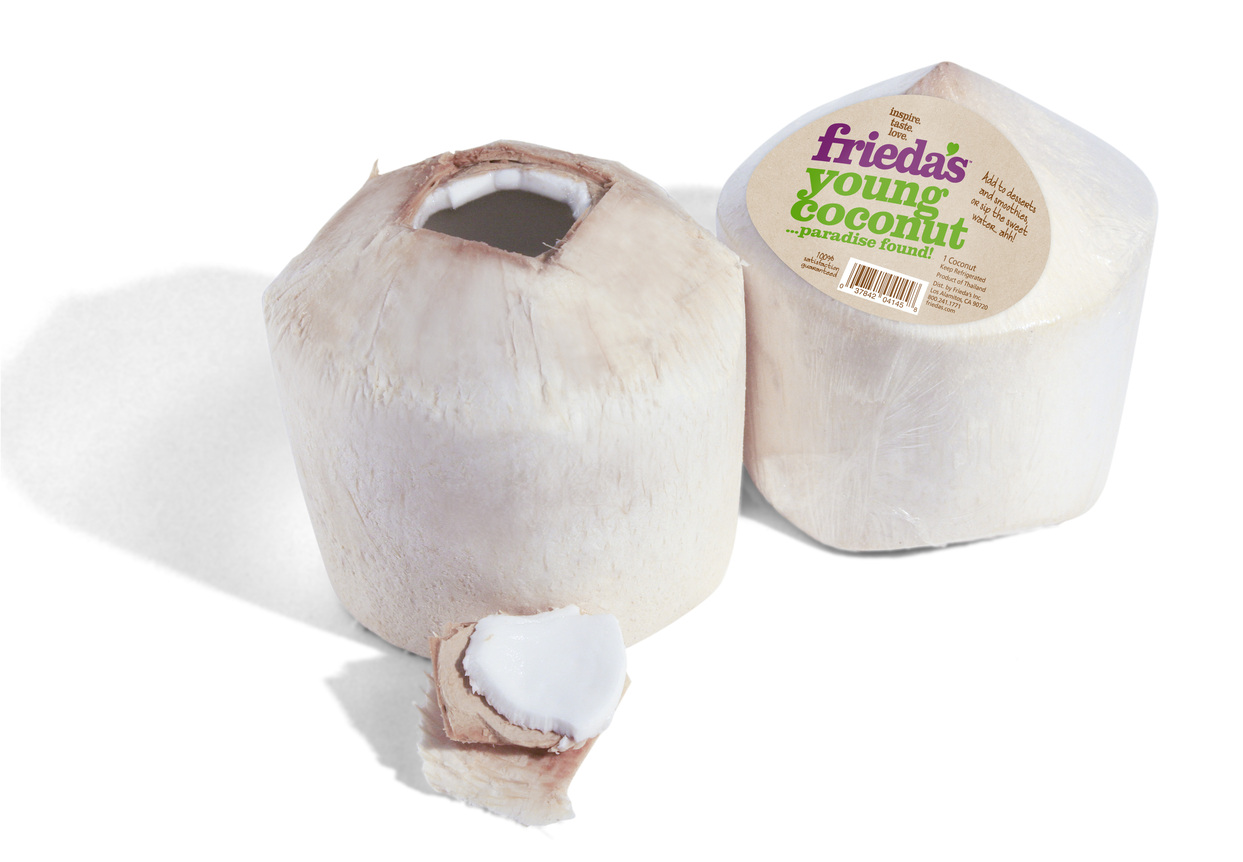
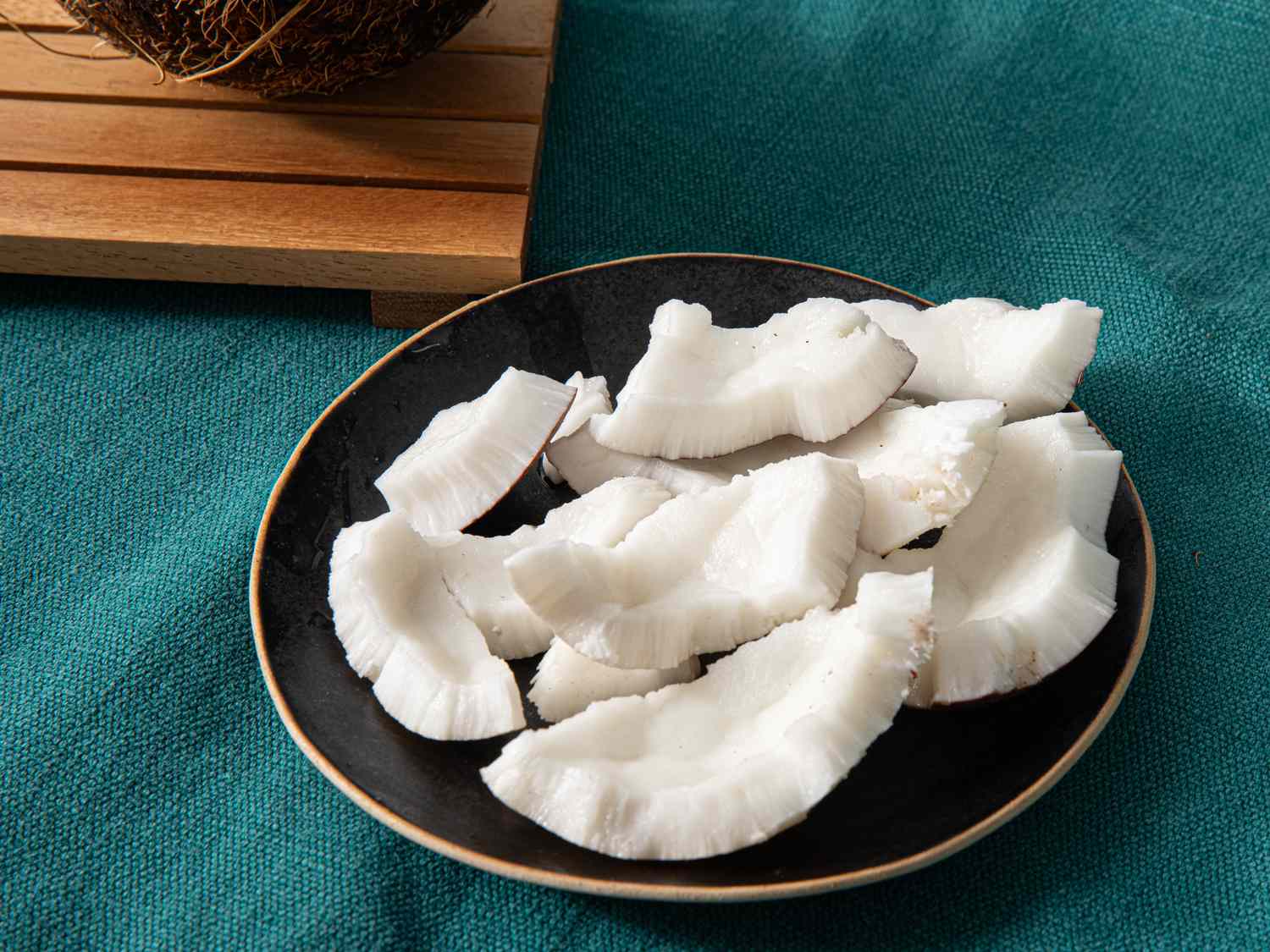

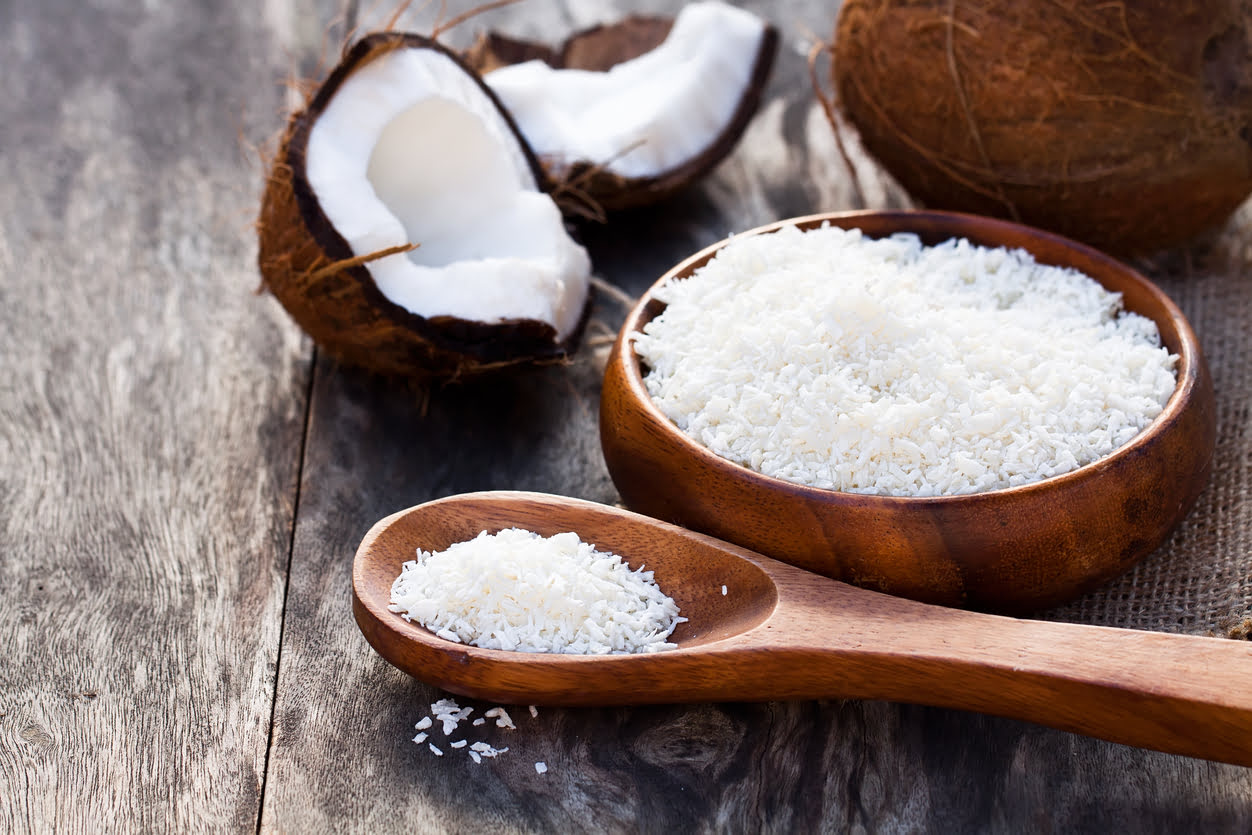

0 thoughts on “How To Store Coconut Milk”